Please do not block ads on our site. Clicks on ads help us exist, grow and become more useful for you!
Calculation of Booster Pump

Selection of booster pump
To select a booster pump, a graphical relationship between the head and the flow rate of water, which is unique for each model and is provided in the manufacturer's catalogs, is used.
The methodology for selecting a booster pump depends on the tasks set for it. To select a booster pump, the flow rate is specified, and a perpendicular line is drawn from the ordinate axis to the pump characteristic curve. The resulting working point determines the head at the specified flow rate.
A circulation pump is selected by superimposing the hydraulic characteristic of the circulation loop, which reflects the dependence of head loss on the calculated water flow rate, on the pump characteristic curve. The working point will be located at the intersection of the pump and circulation loop characteristics.
If several models meet the specified parameters, a less powerful pump is chosen, which operates with a higher efficiency. When selecting a centrifugal pump for a network with variable water flow, it is better to choose a model with a steeper head characteristic and a wide range of flow rates.
Noise characteristics often become a decisive factor in choosing pumps for installation in residential buildings. In such cases, it is recommended to choose a pump with a less powerful electric motor and a rotation frequency of no more than 1500 revolutions per minute.
Calculation of Booster Pump
The calculation of a booster pump involves determining two parameters required for the system to work - flow rate and pressure. Depending on the installation scheme, the approach to calculating these parameters may vary.
The calculation of a booster pump for a water supply system is carried out based on the water consumption rate during the maximum hour of water usage, while the pressure is determined by the difference between the desired pressure at the input of the water supply system and the pressure at the inlet of the water main.
The pressure at the input of the water supply system is equal to the sum of the excess pressure at the upper water intake point, the height of the water column from the pump to the upper point in meters, and the head loss on the section from the booster pump to the upper point. The excess pressure at the upper water intake point is usually taken as 5-10 m.
The calculation of a feed pump for a heating system connected according to an independent scheme is performed based on the maximum allowable time for filling the system and its capacity. The filling time for the heating system is usually taken as about 2 hours. The feed pump pressure is determined by the difference between the pump shut-off pressure (system filled) and the pressure at the connection point of the feeding line.
The calculation of a circulation pump for a heating system is performed based on the heat load and the calculated temperature graph. The flow rate of the pump is proportional to the heat load and inversely proportional to the calculated temperature difference between the supply and return pipelines. The head of the circulation pump is determined solely by the hydraulic resistance of the heating system, which should be specified in the project (usually ranging from 2 to 7 m).
Cavitation
Cavitation is the formation of vapor bubbles in the volume of a moving liquid due to a decrease in hydrostatic pressure, followed by their collapse in a region where hydrostatic pressure increases again.
In centrifugal pumps, cavitation occurs at the inlet edge of the impeller, where the flow velocity is maximum and the hydrostatic pressure is minimum. The collapse of the vapor bubble occurs during complete condensation, which leads to a sudden increase in pressure to hundreds of atmospheres. If the bubble was located on the surface of the impeller or blade at the moment of collapse, the impact is focused on that surface, causing erosion of the metal. The surface of the metal that is subjected to cavitation erosion has a pitted appearance.
Cavitation in a pump is accompanied by loud noise, cracking, vibration, and most importantly, a decrease in head, power, flow rate, and efficiency. There are no materials that have absolute resistance to cavitation erosion, which is why operating a pump in a cavitation regime is not allowed.
The minimum pressure at the inlet of a centrifugal pump is called the net positive suction head (NPSH) margin and is indicated by pump manufacturers in the technical description.
question : comment : feedback
 Online Equipment calculations
Online Equipment calculations
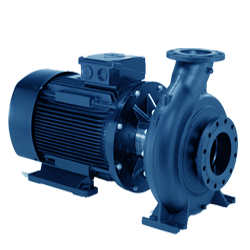
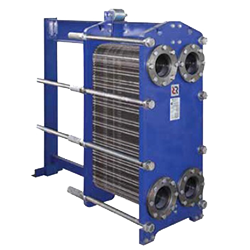
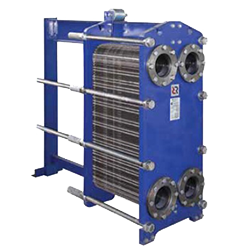
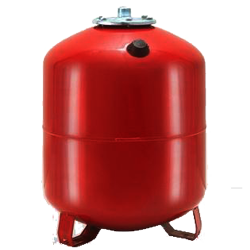

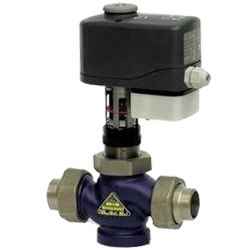


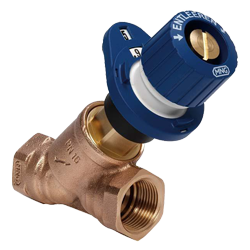




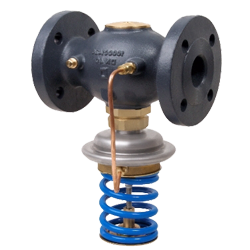
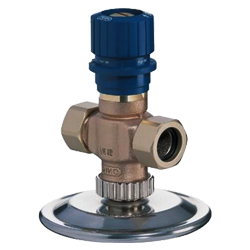
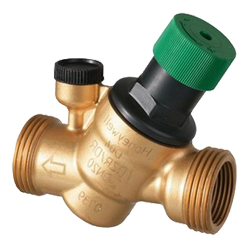


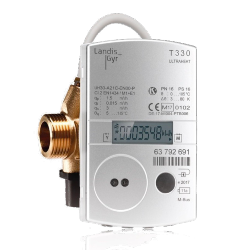
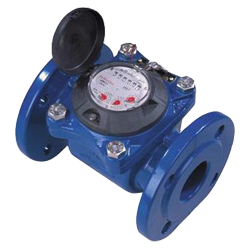

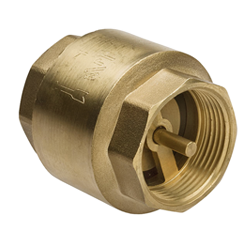
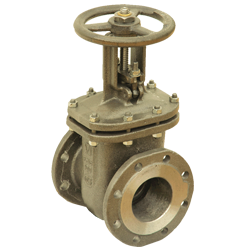

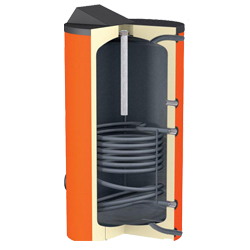

 EXAMPLE
EXAMPLE









